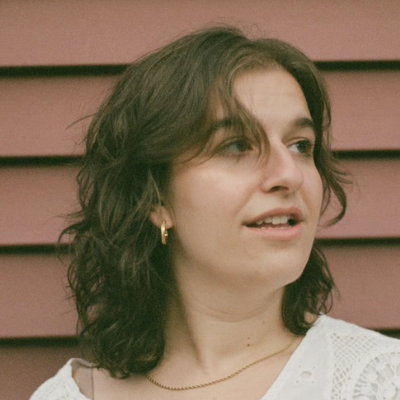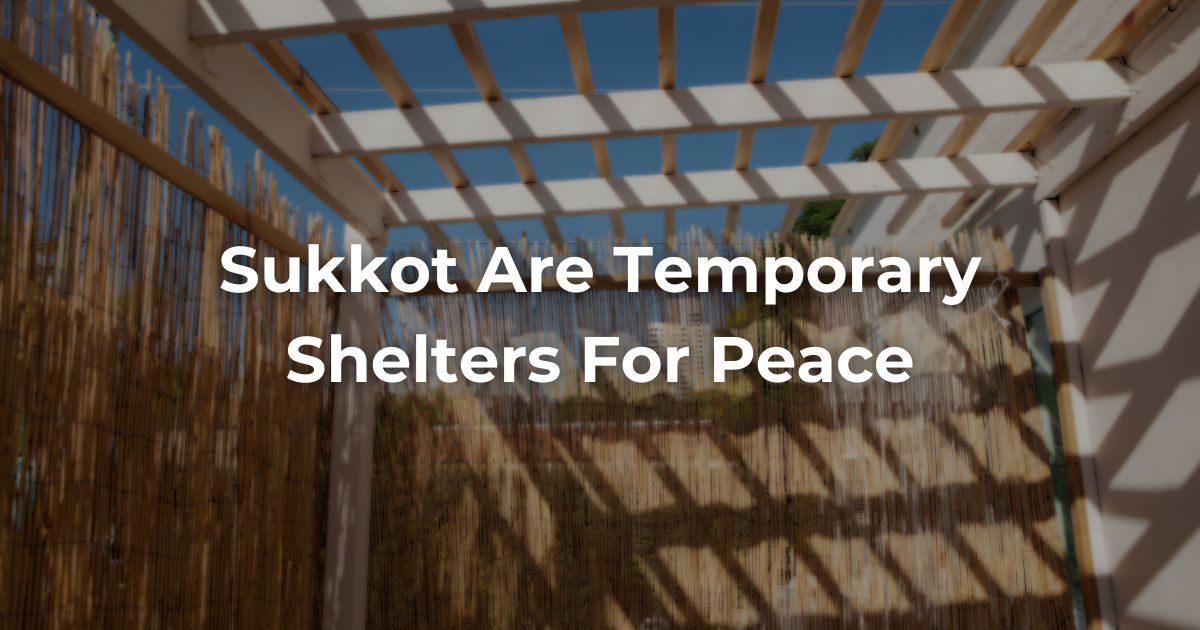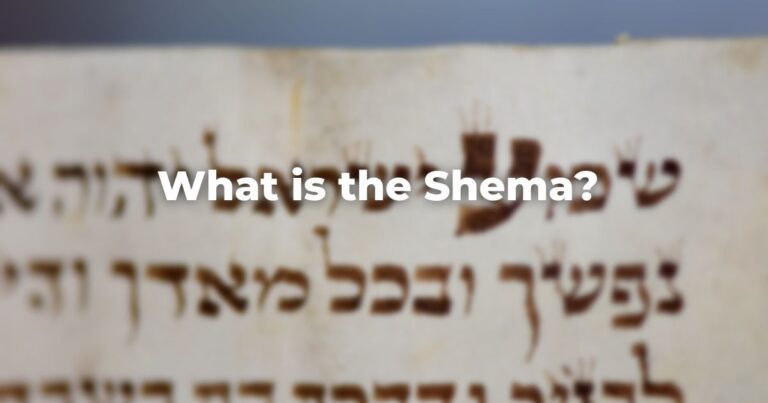The nightmares came like clockwork: each night, I found myself trapped in hijacked planes and pitch-black tunnels, hiding in a miklat (bomb shelter), facing the ruins of a bombed city, or starving in a dire famine. I ran and hid and cried my way through Jerusalem and Gaza, waking up in shivering sweats again and again every hour. My girlfriend—whom I began dating on October 5th, 2023—would wake up and wrap her arms around me, whispering that we were safe, that it was only a dream.
But by morning I would fully awaken, and feel my soul swiftly crushed by the realization: these were not just dreams—they were the reality for millions of people, Palestinian and Israeli.
Since childhood, I have often recited the Shema at night, a minhag (tradition) that soothed my spinning mind before bedtime. But in the fall of 2023, it stopped feeling like enough—I was terrified of the night, of what truths it would hold, what realities it would show me that I did not consciously process during daylight hours.
As my night terrors worsened, out of a sense of desperation, I decided to try out a new practice: reciting Hashkiveinu before sleep. This prayer, also said after the Shema, asks for protection—to be sheltered by God, as if in a sukkah, safe from the many dangers lurking in the night.
The prayer originates from the rabbis of the Talmud, who rightfully experienced the nighttime as a period of immense vulnerability and potential threats. Living in today’s world, it’s not hard to feel this visceral, ancestral fear take root in our own bones.
There is one line, though, at the beginning of the prayer, that makes me feel like I’m being embraced within HaShem’s cocoon: וּפְרוֹשׂ עָלֵינוּ סֻכַּת שְׁלוֹמֶךָ: “spread upon us the shelter of your peace.” I envision this shelter in my mind’s eye, like the longest exhale. Here, we are held. We can breathe. It is finally safe.
Over the past two years, as I meditated on the words of this prayer, my nightmares didn’t stop, but they did become less frequent. I clung to this prayer; felt soothed and seen by this earnest plea from our hearts to HaShem.
But most of all, instead of focusing on fear, I found myself praying each night for those who were in danger in Israel and Palestine—and hoping, with every fiber of my being, for their safety through the night. My anxiety was replaced with a hope for peace that went far beyond my own four walls.
As we approach Sukkot this year, I hear the words of Hashkiveinu echoing, begging to be heard. As Jews and as human beings, we are living through years of heightened grief, pain, anxiety, and distress of our own close community, and many others’ we care deeply about. What would it—what could it mean—to allow God to spread over us a shelter of God’s peace? This is difficult to even imagine, especially as the violence continues, human rights are still being stripped away, and surveillance increases. There is no time to exhale when the suffering continues.
But perhaps, that’s exactly what we need, and just what Sukkot can offer. The Hashkiveinu prayer uses the word סֻכַּה, sukkah—literally, a shelter. During the week of Sukkot, we will build, sit in, and eat in beautiful, makeshift shelters that are temporary by design. We might imagine these structures as shelters of God’s peace—places where we get to pause, and catch our collective breath. Where we can, if only for a moment, experience a vision of the peace we would like to see in the world.
Like the Hashkiveinu prayer did for me, our sukkot can serve as temporary shelters within the dark nights of our world. These makeshift huts, if we let them, can be a place to hope and dream as we work toward a different future—one where all people are safe, protected, and living in peace.
Author
-

Gila Axelrod (she/they) is a second-year rabbinical student at Hebrew College. Before starting this journey, Gila served as Editor in Chief of New Voices Magazine. After studying Jewish Thought and Sociology at JTS/Columbia, they went on to manage research programs at the Shalom Hartman Institute, create an LGBTQ+ Rosh Hodesh group, complete a year of service with Americorps, and run workshops on body acceptance. Gila loves to write and talk about grief, disability theory, neurodivergence, queerness, and how these topics can be understood through a Jewish lens. Her work has been featured in Lilith Magazine, Hey Alma, The Philadelphia Citizen, and more. She lives in Cambridge with her girlfriend Hannah, and their puppy, Penny Babka.
View all posts




